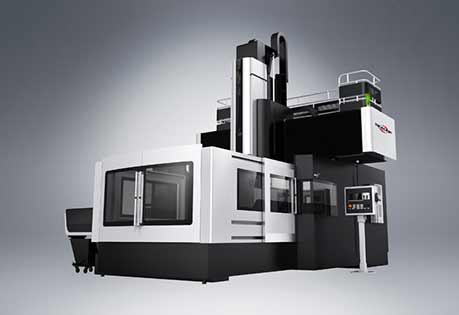Troubleshooting issues of CNC lathe
CNC lathe is one of the most widely used CNC machines. It is mainly used for cutting machining of axial parts or disc parts such as inner and outer cylindrical surfaces, inner and outer conical surfaces of any cone angle, complex revolving inner and outer surfaces and cylinders, conical threads, and can also perform slotting, drilling, expanding, reaming, and boring. CNC lathe faults can be divided into mechanical faults and electrical faults. Let's take a closer look below!
Mechanical Faults of CNC Lathe
These types of faults mainly occur in the main engine part, and can also be divided into mechanical component faults, hydraulic system faults, pneumatic system faults, and lubrication system faults.
For example, when using a CNC quenching machine tool to start and return to the reference point and move along the X-axis, an alarm appears. This alarm also appears when manually moving along the X-axis. When checking the servo device, an overload alarm indication is found.
This fault may be caused by mechanical overload, servo control power supply problem, servo motor failure and other reasons. In accordance with the principle of mechanical first and electrical second, the X-axis slide should be checked first, and the X-axis slide should be manually moved. It is found that the slide is heavy and the disc surface does not move, indicating that there is a problem in the mechanical part. The X-axis ball screw is removed for inspection and it is found that the ball screw has rusted. Originally, the sealing of the slide was not good, and the quenching liquid entered the ball screw, causing the ball screw to rust. The ball screw was replaced, and the fault was eliminated.
Electrical Faults of CNC Lathe
Electrical faults refer to the faults of the electrical control system, mainly including faults of CNC devices, PLC controllers, servo units, CRT displays, power modules, machine control components, and detection switches. This part of the fault is a common fault of CNC machine tools and should be given sufficient attention.
According to whether there is an alarm display after the fault occurs, it can be divided into two categories: faults with alarm display and faults without alarm display.
These types of faults can be divided into hardware alarm display and software alarm display.
Hardware alarm display fault
Hardware alarm display usually refers to the alarm indication of the indicator light on each unit device. In the CNC system, there are many indicators to indicate the location of the fault, such as the control system operation panel, CPU motherboard, servo control unit and other components.
Once these indicator lights of the CNC lathe system indicate the fault state, the location and nature of the fault can be roughly judged according to the alarm meaning of the indicator light on the corresponding component, which will undoubtedly bring great benefits to fault analysis and diagnosis. Therefore, maintenance personnel should pay attention to whether these indicator lights are in normal state during daily maintenance and fault troubleshooting.
Software alarm display fault
Software alarm display usually refers to the alarm number and information displayed on the CNC system display. Because the CNC system has self-diagnostic function, once a fault is detected, it will be processed according to the level of the fault and the alarm number and information will be displayed on the display.
-

What Products Are Suitable for Gantry-type Machining Centers?
In modern manufacturing, gantry-type machining centers, with their superior processing capabilities and precision, have become the preferred equipment for handling large and complex workpieces. Compar... -

Types of Machining Centers
Introduction to Machining CentersIn the world of precision engineering, machining centers have revolutionized manufacturing processes across various industries. These robust and highly versatile machi... -

Preparation and Maintenance of CNC Horizontal Boring Milling Machine Oil Change
What Preparations Need to Be Done for CNC Horizontal Boring Milling Machines?In recent years, industrial development cannot do without the application of various machine tools and equipment. After yea...





